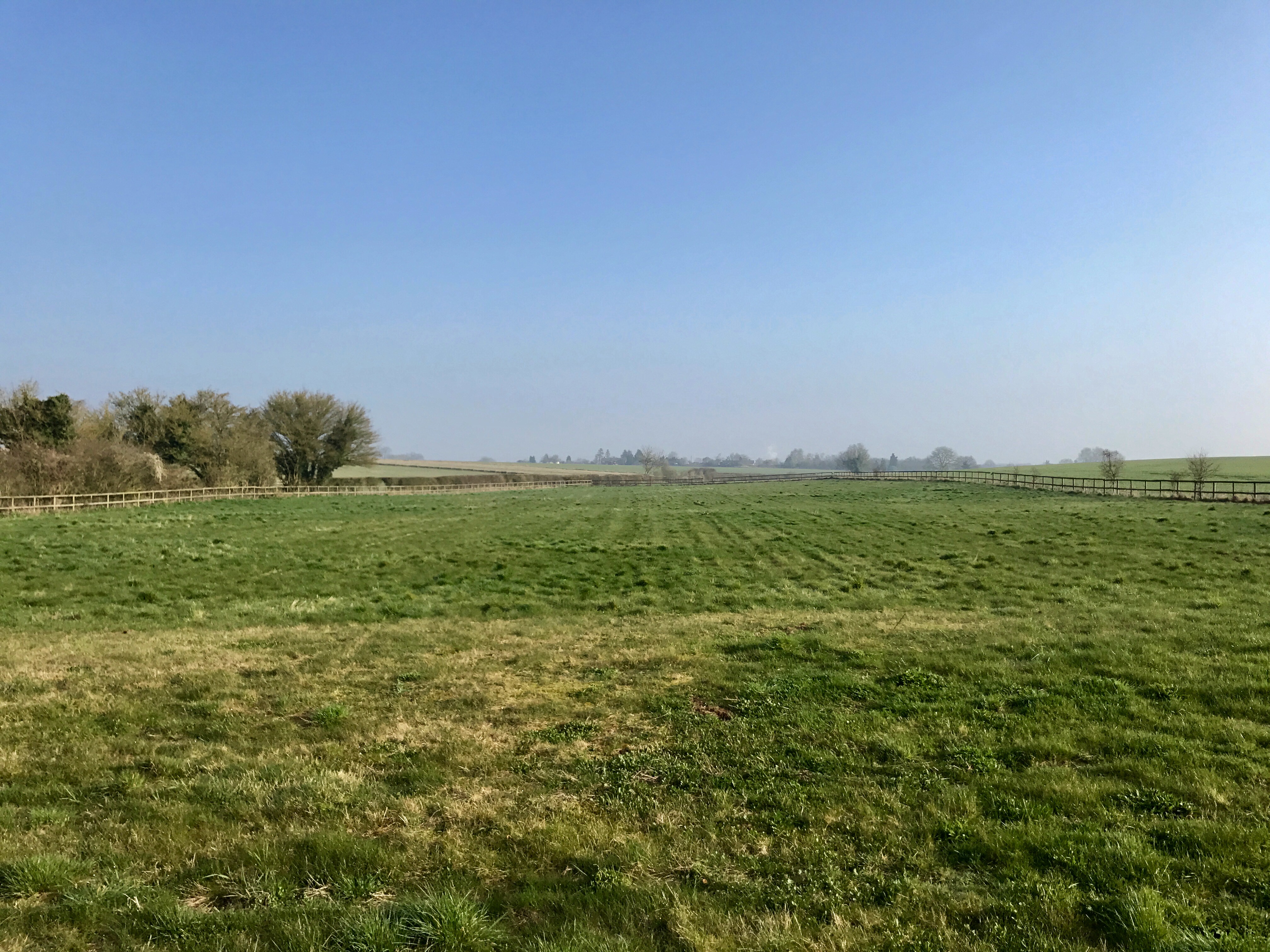The other morning I heard the unmistakable and distinct call of a cuckoo through an open window. I have not heard this sound for over two years and it was quite wonderful; I managed to get the Tribe to stop what they were doing (briefly) to listen, although one of them did say, “What does it sound like?”…
The classic ‘cuckoo’ call is actually only sung by the male cuckoo as a way of finding a mate, while the female has more of a ‘bubbling’ song. Once they do mate, the female looks for a host nest in which to lay her eggs; the host is generally a meadow pipit, reed warbler or dunnock, depending on which species raised them. It is extraordinary that they are able to do this and even more amazingly, the female is able to change the colour and markings of her eggs to resemble those of the species whose nest she is usurping. The female can lay an egg in just 9 seconds, (most birds take several minutes), enabling her to lay her eggs very rapidly, without discovery, in the host’s nest. As the baby cuckoo hatches earlier than their host species, it pushes any unhatched eggs out of the nest, ensuring its own survival as the host parents work tirelessly to feed the growing cuckoo, who is four times the size of its ‘parents’. Ornithologists call this ‘brood parasitism’ and is extremely rare in nature; only six bird species have this behaviour, but the cuckoo is the only one in the UK. Once grown, the cuckoo leaves the nest and flies to Africa (just a few thousand miles), where it over winters before returning the following spring.
Although easily heard, it is more difficult to actually see a cuckoo. With a long tail and pointed wings, cuckoos are easily mistaken for a bird of prey. They are dark grey above with a paler belly, a slightly hooked beak and yellow eyes. I have only ever seen one. It was perched on the field fence behind our home and I was sure that whatever the bird was, it had a damaged wing. It was only when I realised that it was a cuckoo (when it started its ‘cuckoo’ call I managed to work it out!), did I discover that when they are perched they often droop their wings giving the impression of a broken wing.
Despite the parasitic nature of the cuckoo, they have declined by two thirds since 1980, probably due to the use of insecticides and the loss of hedgerows in this country. So, we will continue to enjoy the call of this bird while we can.


